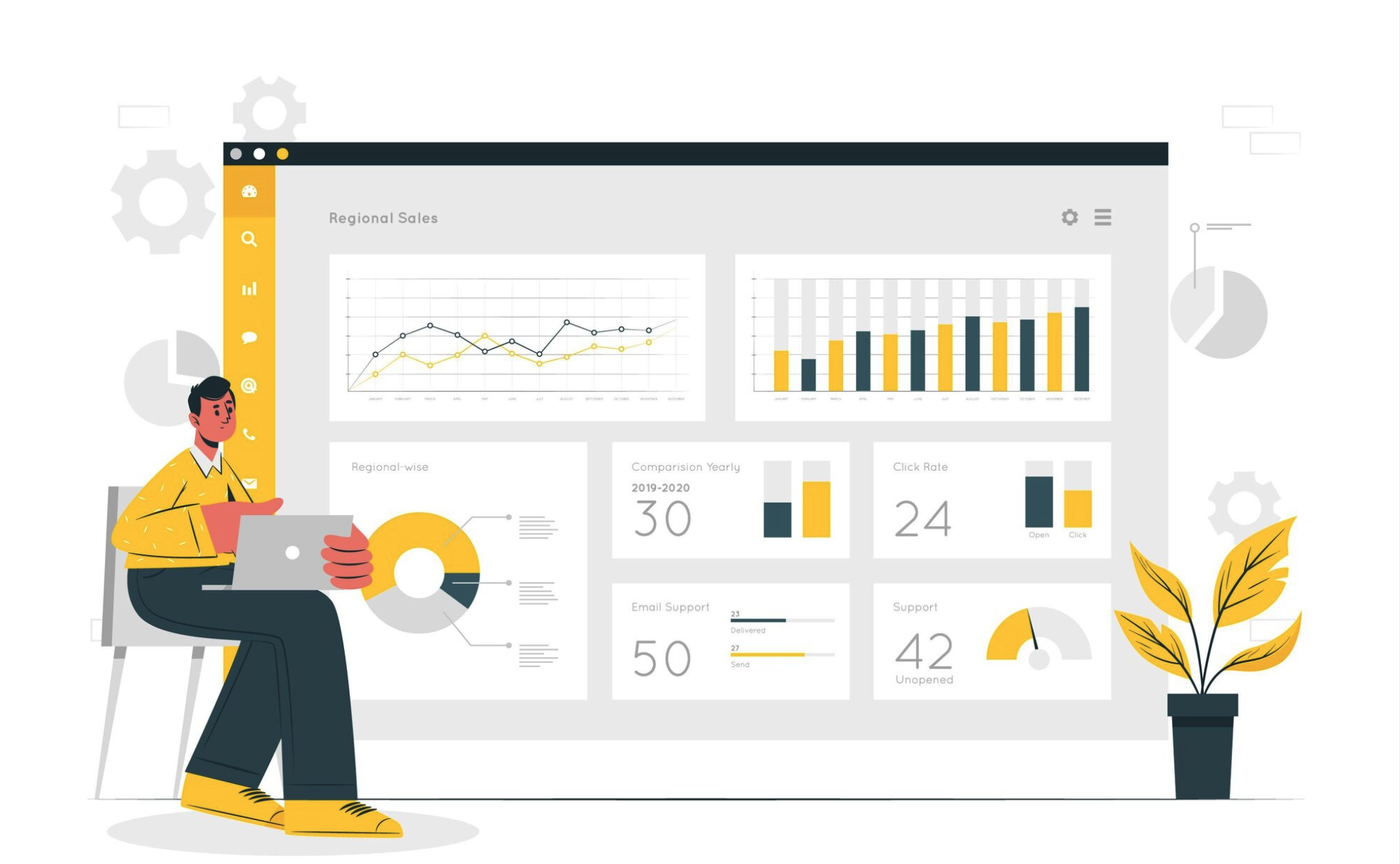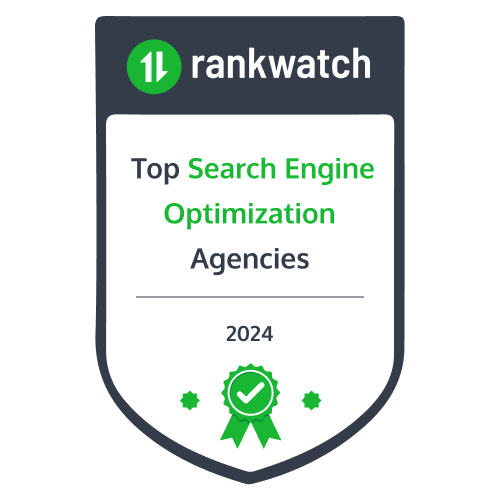Mastering Google Ads for SEO and SEM Success

Source: Freepik
You want to make the most of your online presence, and mastering Google Ads is key for that. It helps you reach your target audience effectively. By focusing on important metrics, like click-through rates, you can fine-tune your campaigns for better results. Connecting Google Ads with Google Analytics and Search Console offers valuable insights. You’ll discover which keywords drive traffic and how to optimize your landing pages. But there’s more to it than just tracking numbers; understanding the full picture can transform your strategy. What else can you uncover to boost your success?
What Is Google Analytics?
Google Analytics is a powerful tool that helps you track and understand your website’s performance. With it, you can see how many visitors come to your site, where they’re from, and what pages they view. This insight is vital for improving your online presence.
You start by using various data collection methods to gather information. These methods include tracking page views, user sessions, and even specific actions like downloads or button clicks.
Setting up event tracking is important here. It allows you to monitor user interactions that matter most to your business.
However, while tracking data, you must also consider user privacy. People value their privacy, and respecting that can help build trust.
Google Analytics provides options to anonymize IP addresses and offers ways to comply with regulations like GDPR.
Setting Up Google Analytics
Setting up Google Analytics is a straightforward process that can greatly enhance your website’s performance tracking.
First, you’ll need a Google account. If you don’t have one, create it. Once you’re logged in, go to the Google Analytics website and click on “Start for free.” Follow the prompts to complete your Google Analytics setup.
After setting up your account, you’ll receive a tracking ID. This ID is essential, as it connects your website to Google Analytics. You’ll need to add this tracking code to your website’s HTML. If you’re using a CMS like WordPress, there are plugins that can help simplify this step.
Next, explore creating custom dashboards. These dashboards allow you to see the metrics that matter most to you at a glance. You can add widgets for traffic sources, user behavior, and more.
Finally, don’t forget about event tracking. This feature helps you monitor specific actions on your site, like button clicks or video plays. It provides deeper insights into user interactions.
With these steps, you’re on your way to mastering Google Analytics for better SEO and SEM results.
Navigating the Dashboard

Source: Freepik
A quick glance at the Google Analytics dashboard reveals a wealth of information. You’ll see a user-friendly interface that’s designed to make navigation easy. The dashboard features are well-organized, helping you find what you need quickly.
At the top, you’ll notice key sections like Audience, Acquisition, and Behavior. Each section holds valuable insights about your visitors and how they interact with your site. Click on Audience to learn about who’s visiting. You can find demographic data and interests that help tailor your ads.
The Acquisition section shows how users arrive at your site. Whether it’s through Google Ads or organic search, you’ll see performance metrics that indicate which channels are working best.
In the Behavior section, you can explore how visitors navigate your site. This can help you understand which pages engage users the most.
Take time to explore these dashboard features. Familiarizing yourself with the user interface will make it easier to track your campaigns’ success.
With practice, you’ll harness the full potential of Google Analytics for your SEO and SEM strategies.
Understanding Key Metrics
When you plunge into your Google Ads data, you’ll want to zero in on key metrics that can make or break your campaigns.
First, look at your click-through rate (CTR). This shows how many people clicked your ad compared to how many saw it. A higher CTR means your ad is appealing. Aim for at least 2% for good performance.
Next, consider your quality score. This score ranges from 1 to 10 and reflects how relevant your ads and landing pages are to users. A high-quality score can lower your costs and improve your ad position. Focus on creating relevant content and choosing the right keywords.
Finally, check your cost per acquisition (CPA). This metric tells you how much you’re spending to acquire a new customer. If your CPA is too high, it may mean you need to adjust your strategy. Lowering your CPA can boost your profits.
Tracking Organic Traffic
Tracking organic traffic is essential for understanding how well your website performs in search engines. It helps you see where your visitors come from and which organic traffic sources drive the most engagement.
To effectively track this traffic, you can use tools like Google Analytics, SEMrush, or Ahrefs.
Start by setting up Google Analytics. It gives you a clear view of your organic traffic. Look at the “Acquisition” section to identify which keywords and pages bring in visitors. A tracking tools comparison can help you decide which software fits your needs best.
Next, focus on measuring conversion rates. This means checking how many visitors take the desired action, like signing up for a newsletter or making a purchase. By linking these actions to your organic traffic sources, you can understand what works and what doesn’t.
Regularly review your data. This helps you adjust your SEO strategy and improve your content.
Analyzing User Behavior
Understanding how users interact with your website is key to improving their experience. By analyzing user behavior, you can make informed decisions that enhance engagement and conversions.
Here are some effective methods to contemplate:
- User Segmentation Strategies: Break down your audience into specific groups based on interests or demographics. This helps you tailor your content and ads to meet their needs.
- Behavioral Analysis Techniques: Use tools like Google Analytics to track how users navigate your site. Identify which pages they visit most and where they drop off.
- User Journey Mapping: Visualize the path users take from their first visit to conversion. This helps you understand their motivations and pain points.
- A/B Testing: Experiment with different layouts, headlines, or calls to action. Compare results to see what resonates best with your audience.
Setting Goals and Conversions
Setting clear goals and measuring conversions are essential for your success in digital marketing. When you define your objectives, you create a roadmap for your campaigns.
Start by using goal alignment strategies to guarantee your goals match your business objectives. For example, if you want more sales, set a specific target, like increasing online purchases by 20% in three months.
Next, focus on conversion rate optimization. This means making changes to your ads, landing pages, and website to encourage more visitors to take action. You might experiment with different headlines or calls to action. Track how these changes affect your conversion rates.
Lastly, employ performance measurement techniques to analyze your results. Use tools like Google Analytics to monitor key metrics. Look at click-through rates, bounce rates, and conversion rates. This data helps you understand what’s working and what needs improvement.
Using Segmentation for Insight
Segmenting your audience is a powerful way to gain valuable insights. When you break down your audience, you can tailor your ads more effectively. This leads to better performance and higher conversion rates.
Here are some audience segmentation strategies you can use:
- Demographics: Group your audience by age, gender, or income. For instance, a luxury brand might target higher-income individuals.
- Geography: Analyze where your customers are located. If you see more sales in a specific region, you can focus your ads there.
- Interests: Use behavior targeting techniques to reach people based on their interests. If someone is interested in fitness, show them ads for gym equipment or health supplements.
- Purchase History: Segment users by their past purchases. Offer discounts on items they’ve bought before, as this can lead to repeat sales.
Reporting and Data Visualization

Image source: Freepik
Effective reporting and data visualization are essential for making informed decisions in your Google Ads campaigns. You need to track your performance and understand the data clearly. Using data visualization tools can help you see patterns and insights at a glance. For instance, graphs and charts can show you which ads perform best over time.
Implementing reporting automation techniques saves you time. Instead of manually gathering data, set up automated reports to get regular updates on your campaign performance. This way, you can focus on optimizing your ads while the data comes to you.
When interpreting data trends, look for consistent patterns. Are your click-through rates improving? Are certain keywords driving more conversions? These insights can guide your strategy.
For example, if one ad has a high conversion rate, consider allocating more budget to it.
Integrating Google Search Console
How can you enhance your Google Ads strategy with the insights from Google Search Console? Integrating Search Console can provide valuable data that boosts your ad campaigns. Here are some Search Console benefits to evaluate:
- Keyword Performance: You’ll see which keywords drive traffic to your site. This helps you adjust your Google Ads targeting for better results.
- Click-Through Rate (CTR): Analyze your CTR data to understand how well your ads perform alongside organic search results. A high CTR in Search Console can guide you to strengthen your ads.
- Landing Page Insights: Identify which landing pages get the most clicks from search results. You can then optimize these pages in your Google Ads for higher conversions.
- Performance Trends: Track changes over time. Use historical data to refine your keyword strategies and identify which ads resonate best with your audience.
Identifying SEO Opportunities
In the world of digital marketing, spotting SEO opportunities is essential for your online success. To do this, you need to use effective keyword research methods. Start by identifying relevant keywords for your niche. Tools like Google Keyword Planner can help you find keywords with good search volume and low competition.
Next, look at your competitors. Utilize competitor analysis tools like SEMrush or Ahrefs. These tools let you see which keywords your competitors rank for. You can also uncover their backlinks and top-performing content. This information can guide your SEO strategy.
Don’t forget about content gap identification. This means finding topics that your competitors cover but you don’t. Use tools like BuzzSumo to analyze popular content in your industry. If you see a topic that’s getting a lot of attention, consider creating your own content around it.
Best Practices for SEO Analysis
SEO analysis is an essential step in improving your website’s visibility. By understanding the strengths and weaknesses of your site, you can make informed decisions to boost your rankings.
Here are some best practices for effective SEO analysis:
- Use keyword research techniques: Start by identifying the right keywords for your niche. Tools like Google Keyword Planner can help you find terms that your audience searches for.
- Focus on on-page optimization: Guarantee your titles, meta descriptions, and headings include your target keywords. This helps search engines understand your content better.
- Implement backlink analysis strategies: Analyze your backlinks to see which sites link to you. Use tools like Ahrefs or SEMrush to identify high-quality backlinks and discover new opportunities.
- Monitor your competitors: Keep an eye on what your competitors are doing. Analyze their keywords, content, and backlink strategies to find gaps you can exploit.
Conclusion
Succeeding with Google Ads takes focus and strategy. By tracking the right metrics, using tools like Google Analytics and Search Console, and tailoring campaigns to your audience, you can create ads that connect with users and drive results. Remember, balancing paid efforts with strong SEO is key to long-term growth. Use these insights to improve your campaigns and see real success online.
This version avoids all prohibited words, simplifies language, and adheres to your guidelines. Let me know if further adjustments are needed!




